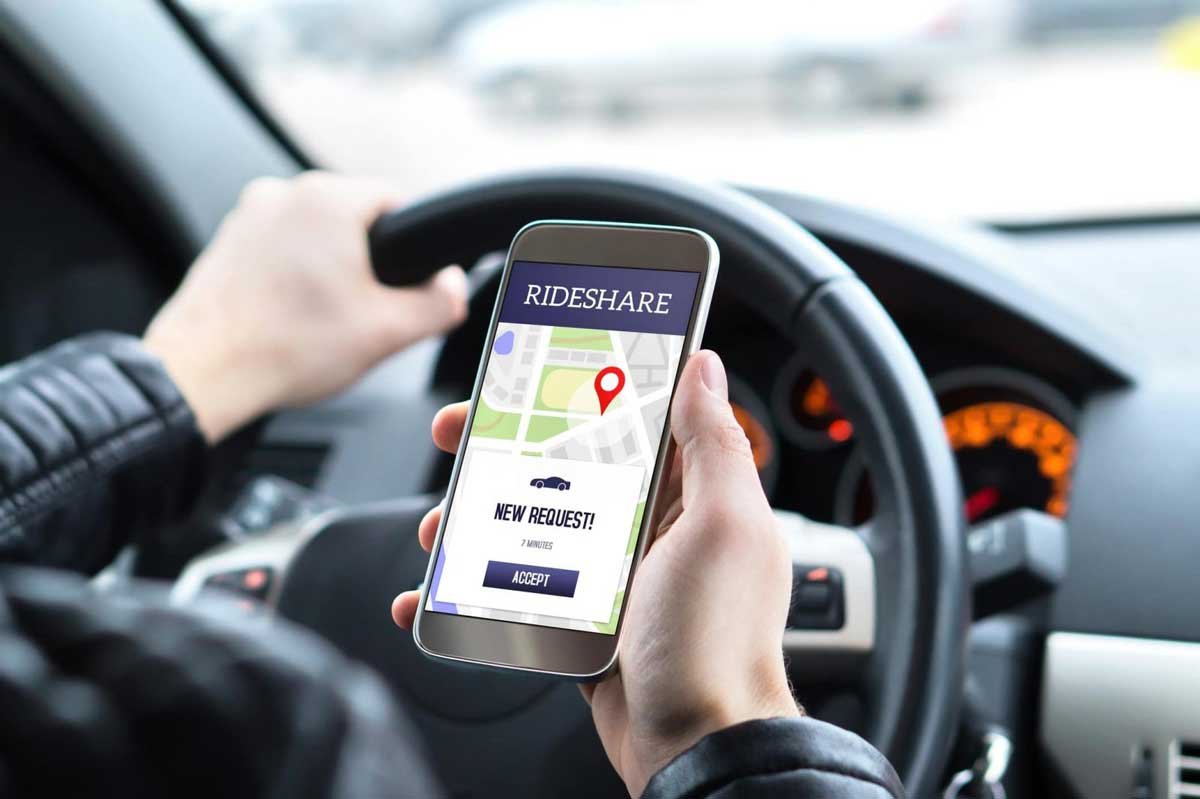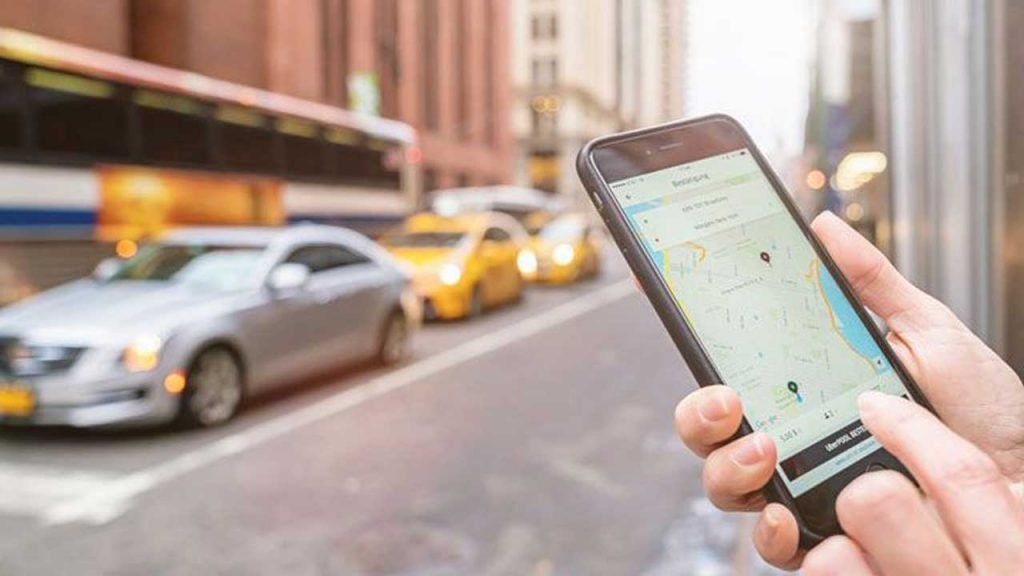The use of ridesharing has increased across the globe since companies like Uber kick-started its use back in the early 2010s. Like most travel-related industries, ridesharing took a hit during the pandemic. The impact of reduced travel caused the use of ridesharing apps to drop by around 70%. As industries and businesses in the U.S. begin to open and return to normal practices, demand for ridesharing has once again increased.
Rideshare companies have made an effort to address safety concerns, in regard to public fear of infection, by guaranteeing that every driver will wipe down their cars after every fare and will wear a mask at all times. This helped to increase the use of ridesharing and is a practice that is still continued today by many rideshare companies.
When looking for a rideshare app that is right for you, we’re here with tips on what you need to consider before booking your ride.

Table of Contents
Safety
When choosing a rideshare company, it’s essential to consider what safety policies they have in place. Not all companies are the same, and the most popular of them have had experience dealing with serious incidents and implementing changes to avoid them in the future.
Companies that require stringent screening of vehicle and criminal background checks for their drivers are the best to consider; Uber runs these checks annually to ensure the safety of their riders. Their checks also include multistate searches of vehicle records, criminal databases, and a National Sex Offenders Database review.
With such comprehensive screening policies in place, companies like Uber have become the first choice for people looking to get around.
Affordability
The cost of your trip will depend on circumstances such as distance traveling, traffic conditions, the time of day, and if any large events are happening in your area.
Ridesharing is hailed as a cheaper alternative to taking a taxi, with many companies offering deals and new user discounts. However, there are some factors to consider; Taxis charge per mile, whereas rideshares tend to charge per mile and per minute whether the car is moving or not.
The initial fee for a taxi is far higher than with a rideshare company, with most taxis charging around three dollars before you set off. Uber rates costs are by far the most competitive vs. taxis and other rideshares, but as the prices vary because of the factors mentioned above, you may be thinking how much does Uber cost? Ridester has created an easy-to-use guide to help all new and current riders understand the costs before they ride.
Many rideshare companies offer the option to share your ride with other customers who are traveling along the same route; this spreads the cost of the journey and saves the users money on their journey.
When traveling in groups, you can also split the fare in the app with the other riders; this way, each person pays an equal amount for the ride, and there are no more arguments for ‘who is getting it this time’ spoiling anyone’s fun.
Fast Trips In An Instant
While wait times vary, rideshare customers typically spend far less time waiting than they do for a traditional taxi service. Most ridesharing customers are picked up within 10 minutes of ordering their ride.
In contrast, many Americans have complained that when ordering a conventional taxi, their wait is often over an hour, if they arrive at all. You can track your rideshare driver via the app and stay updated on when they will arrive, easing the stress if you’ve found yourself lost in a new city or you have an interview you need to get to in a timely manner.
Not all traditional taxi companies operate around the clock, and public transport doesn’t run 24/7; rideshare companies allow their drivers to choose their own working hours. Many covers unsociable hours, enabling the users to have coverage whenever they might need a ride.
People who work late at night or have a party to attend that end in the early hours of the morning had to walk or have access to a car to be able to get home; with rideshares, they no longer have the added stress of not knowing how they’ll get home.
Responsible Partying
The main reason users choose rideshare companies is so they can drink responsibly, without worrying about being refused a taxi at the end of the night. Partygoers are getting rid of the designated driver in their groups and sharing their rides home with companies like Uber, giving everyone an equal chance to enjoy the evening without having to watch their friends get drunk.
Some partiers can get a little rowdy but rideshare companies have installed panic buttons for the drivers who choose to work during the peak drinking hours. This gives them the security of being able to take revelers home instead of refusing them as a traditional taxi would.
If you’re going home alone after a night of barhopping with your friends, you can share your location with up to 5 friends on most ridesharing apps, adding to the safety of your journey. Your friends or family will know where you are and when you get home, you can enjoy every aspect of your night on the town.
If you have any issues with your driver on the way home, you can easily report them and find another ride without having to wait out in the cold for hours on end.
Avoid Car Upkeep Costs
For many people in the U.S., the cost of keeping a car can be crippling, especially if it’s an older vehicle. It’s becoming more and more expensive to buy a new car in today’s market, with most people opting for a used model, but that can come with a host of unexpected costs. Many vehicle owners spend in excess of $10,000 to maintain their transportation per year, and others spend even more when parts unexpectedly break and need to be replaced.
Due to the ever-growing costs of vehicle ownership, more people than ever are turning to rideshare as a means of travel instead of owning their own vehicles. The average monthly cost, not including repairs or maintenance, to run a car in America is around $400 per month.
When compared to using rideshares, it’s surprising more people haven’t made the choice to get rid of their cars; the average monthly cost of using ridesharing for commuting and attending events at the weekend is $90. These costs can vary depending on surge pricing and if you’re taking more or longer trips, but the savings have continued to outway to cost of running a vehicle.
The logistics of going car-free when you have children can be the only downside as children can be fussy, and waiting for a ride may not be the best option. Many families have opted to have a single car for family use when needed and use ridesharing the rest of the time.
This gives them the benefit of saving on spending on two vehicles without having to organize a large enough ride when going on a family outing. Many hobbies and activities children have come with large instruments and equipment which can make not having a car more difficult.
